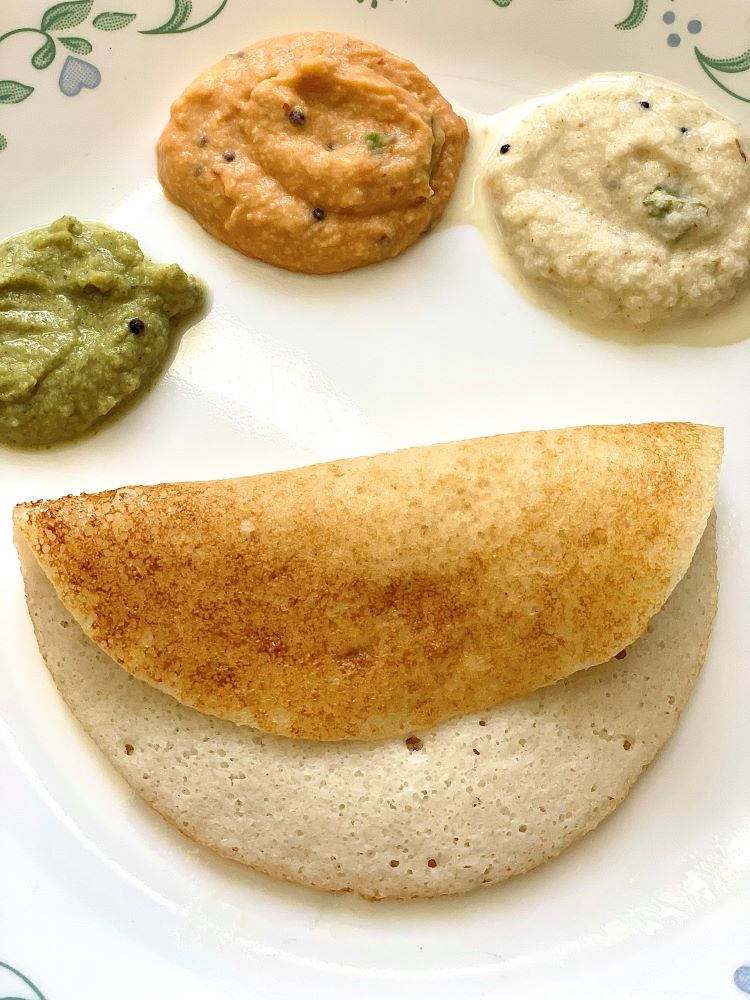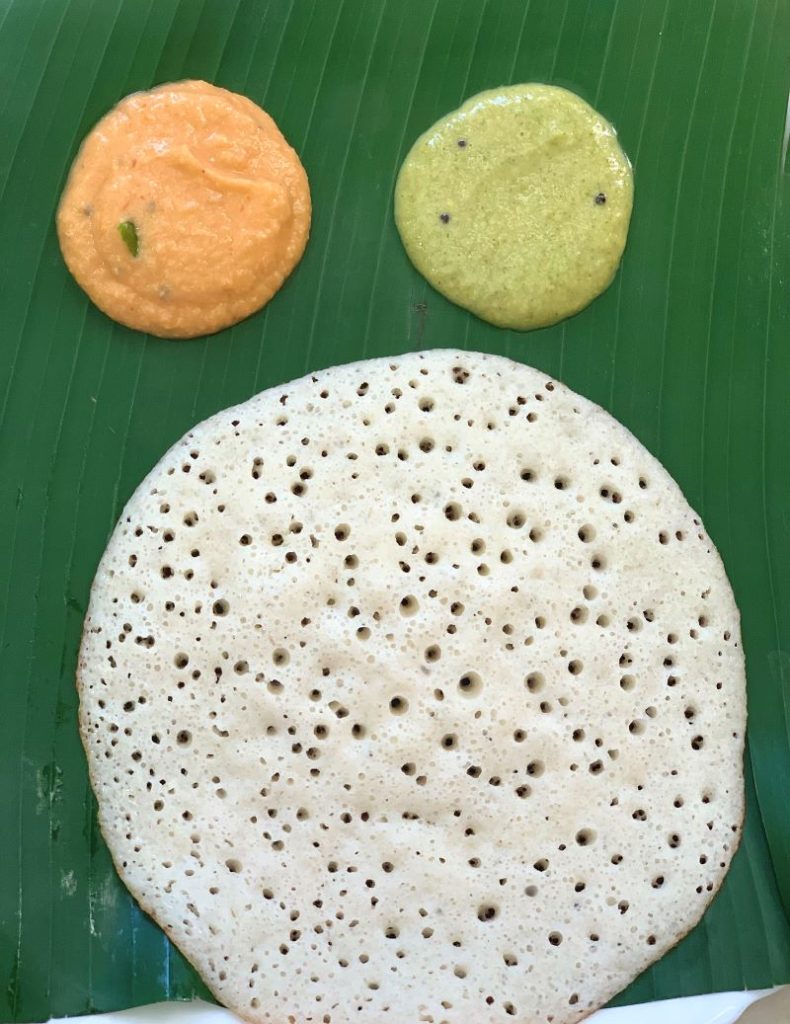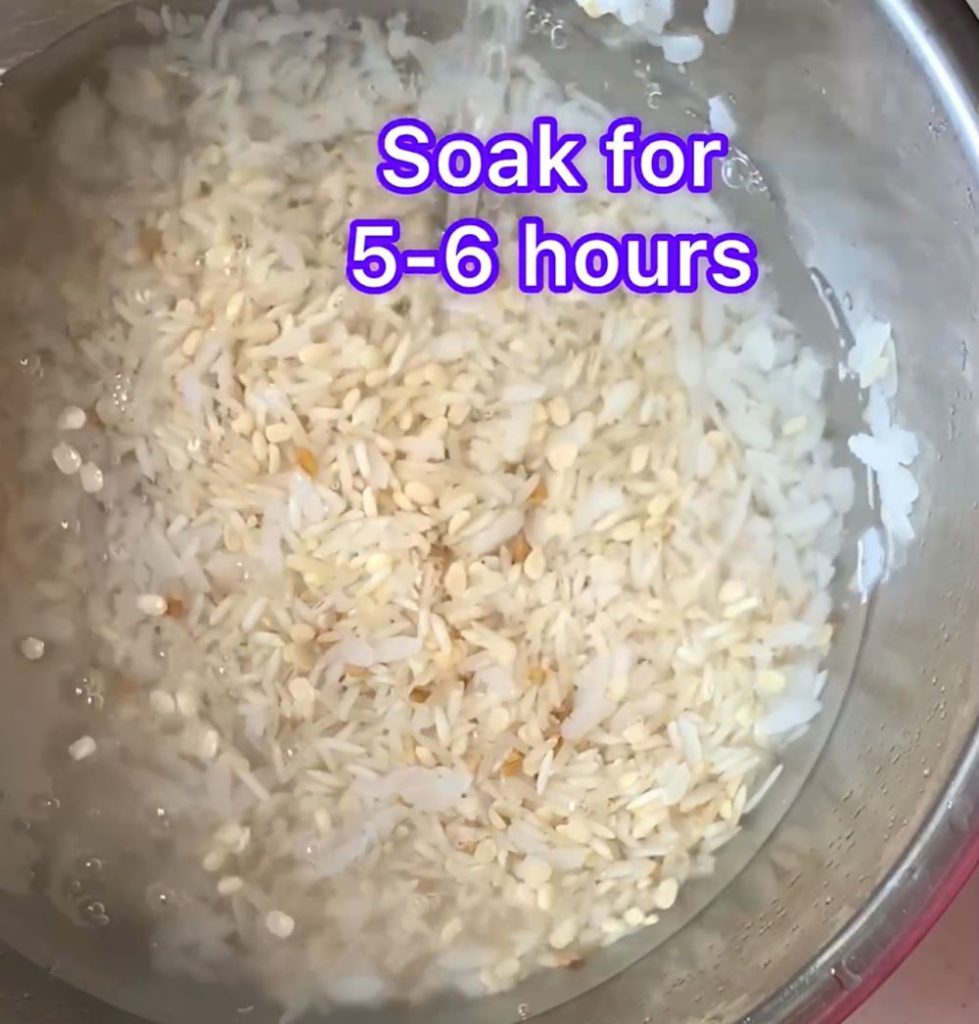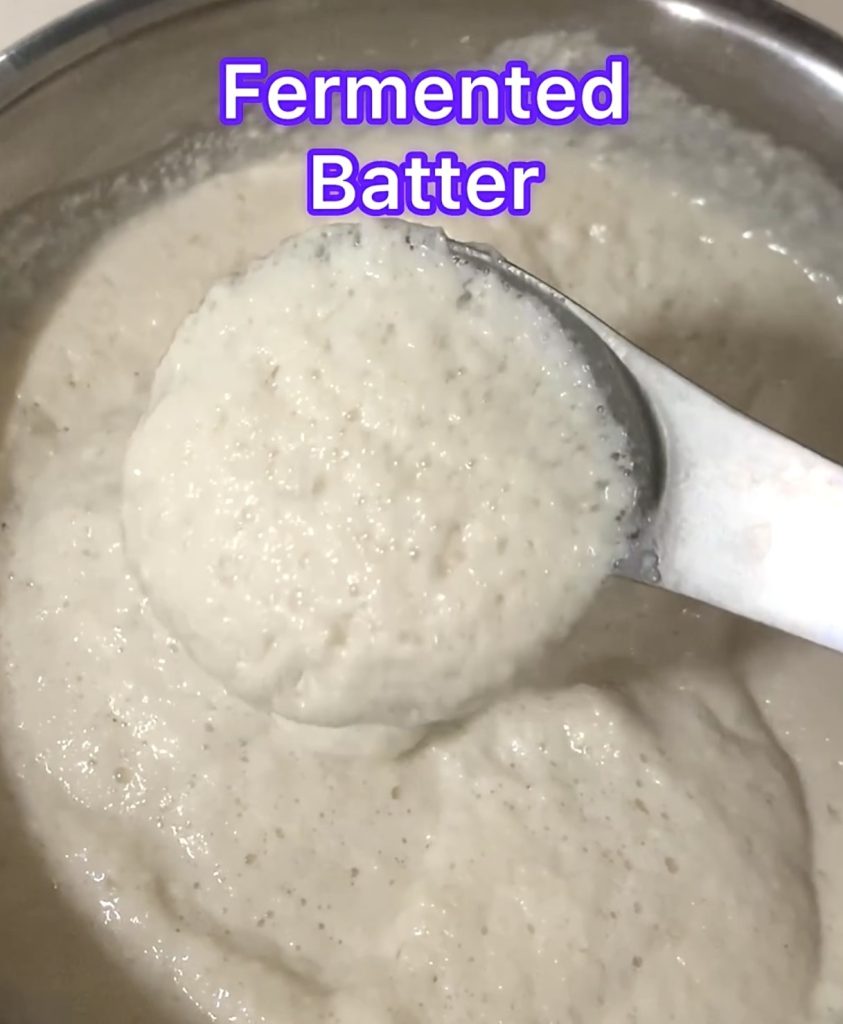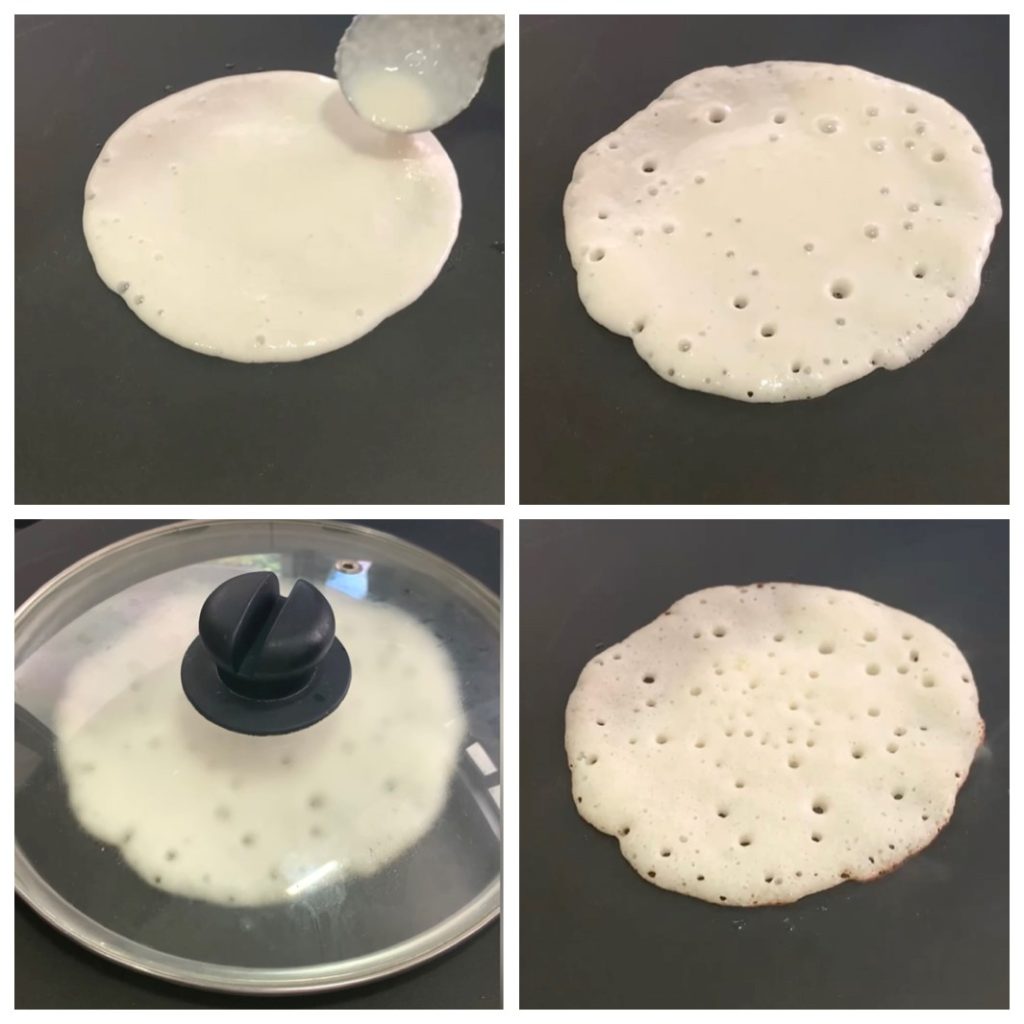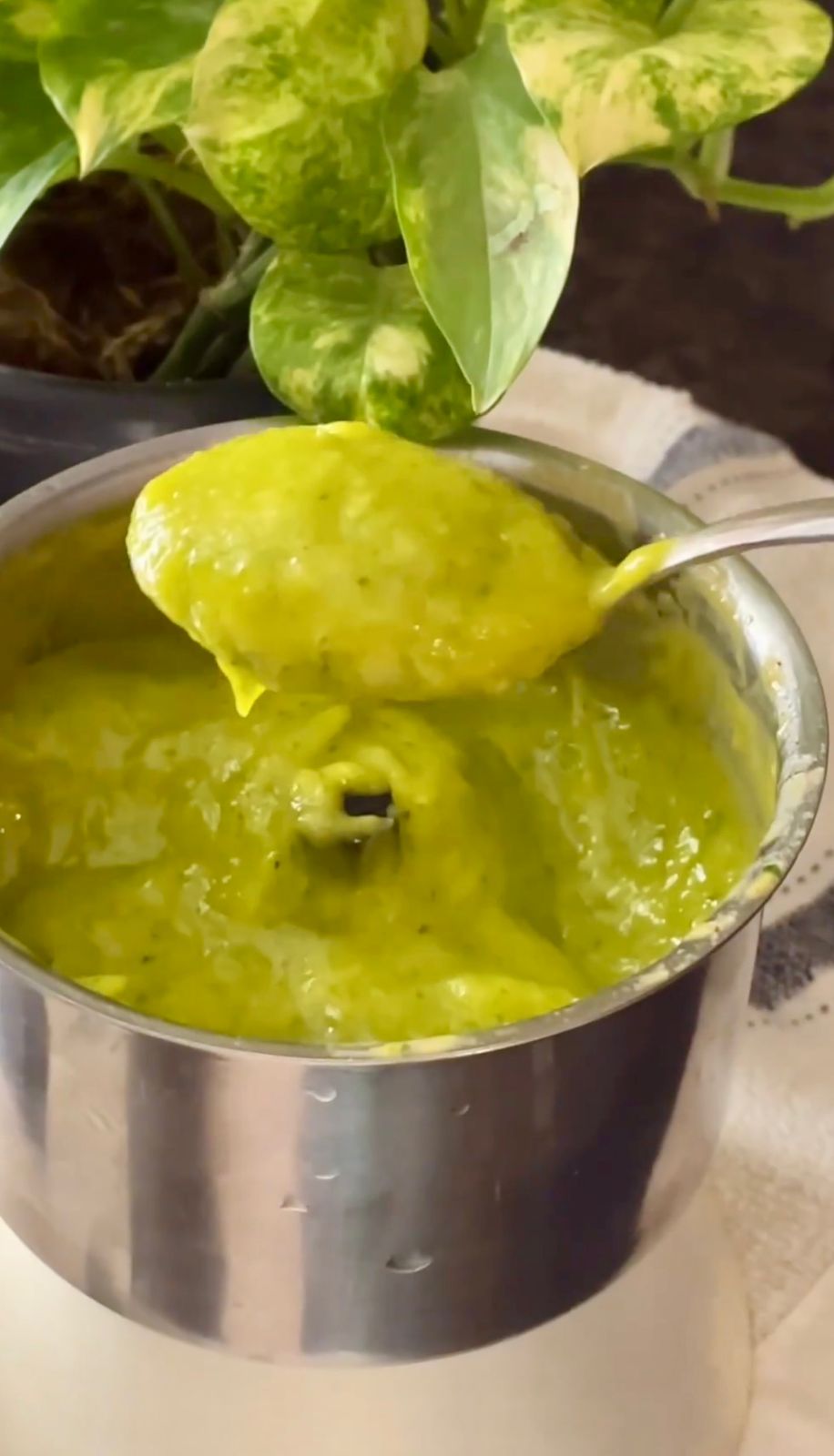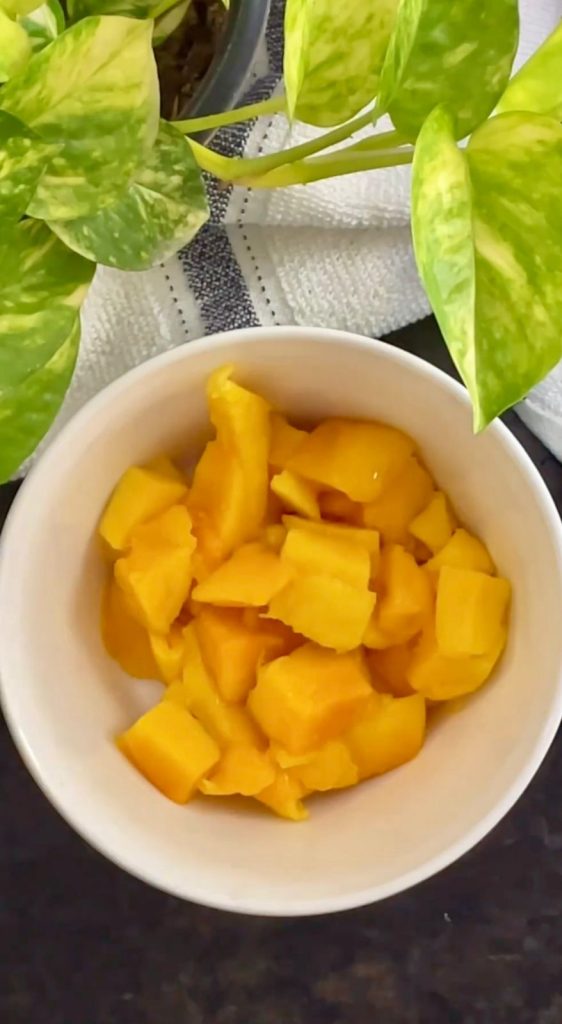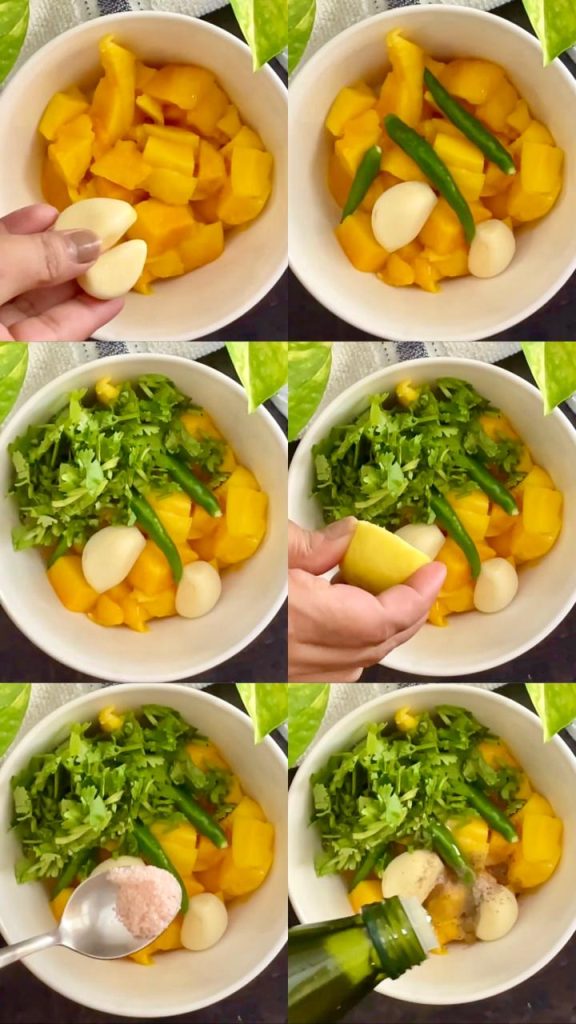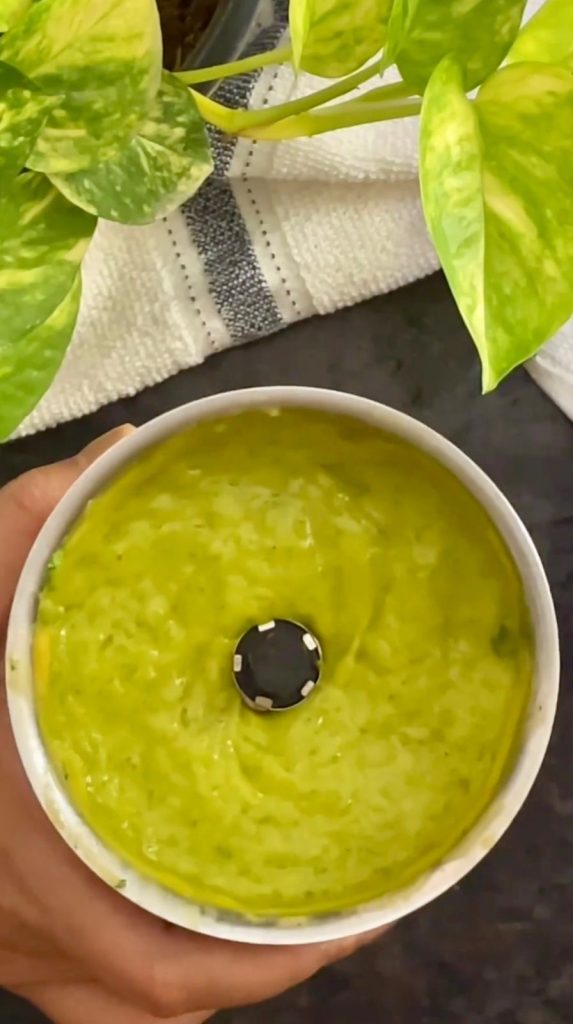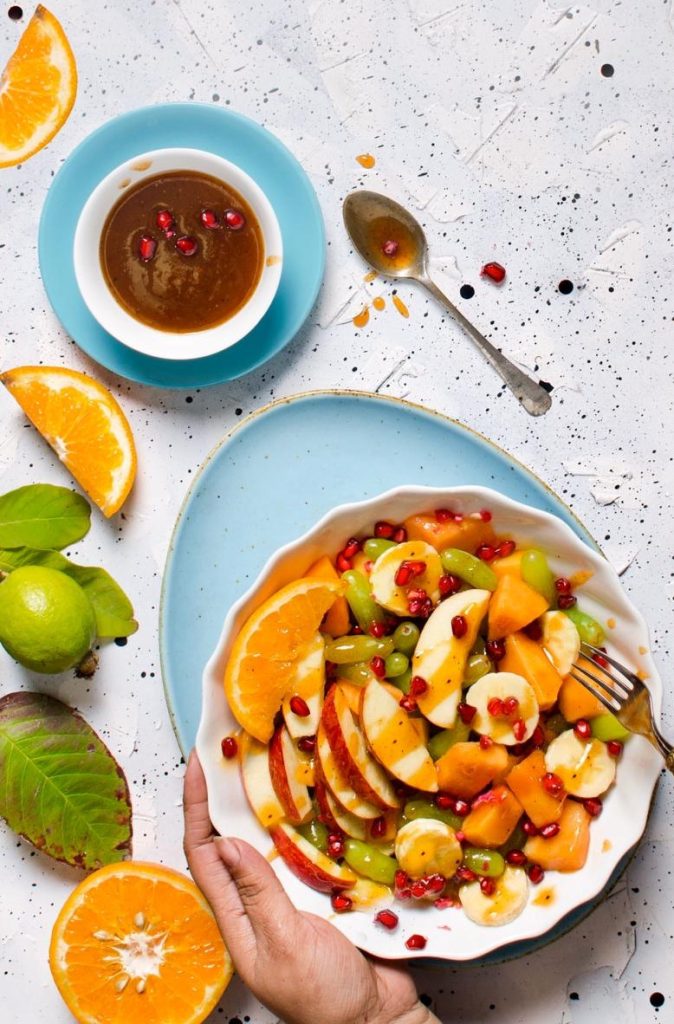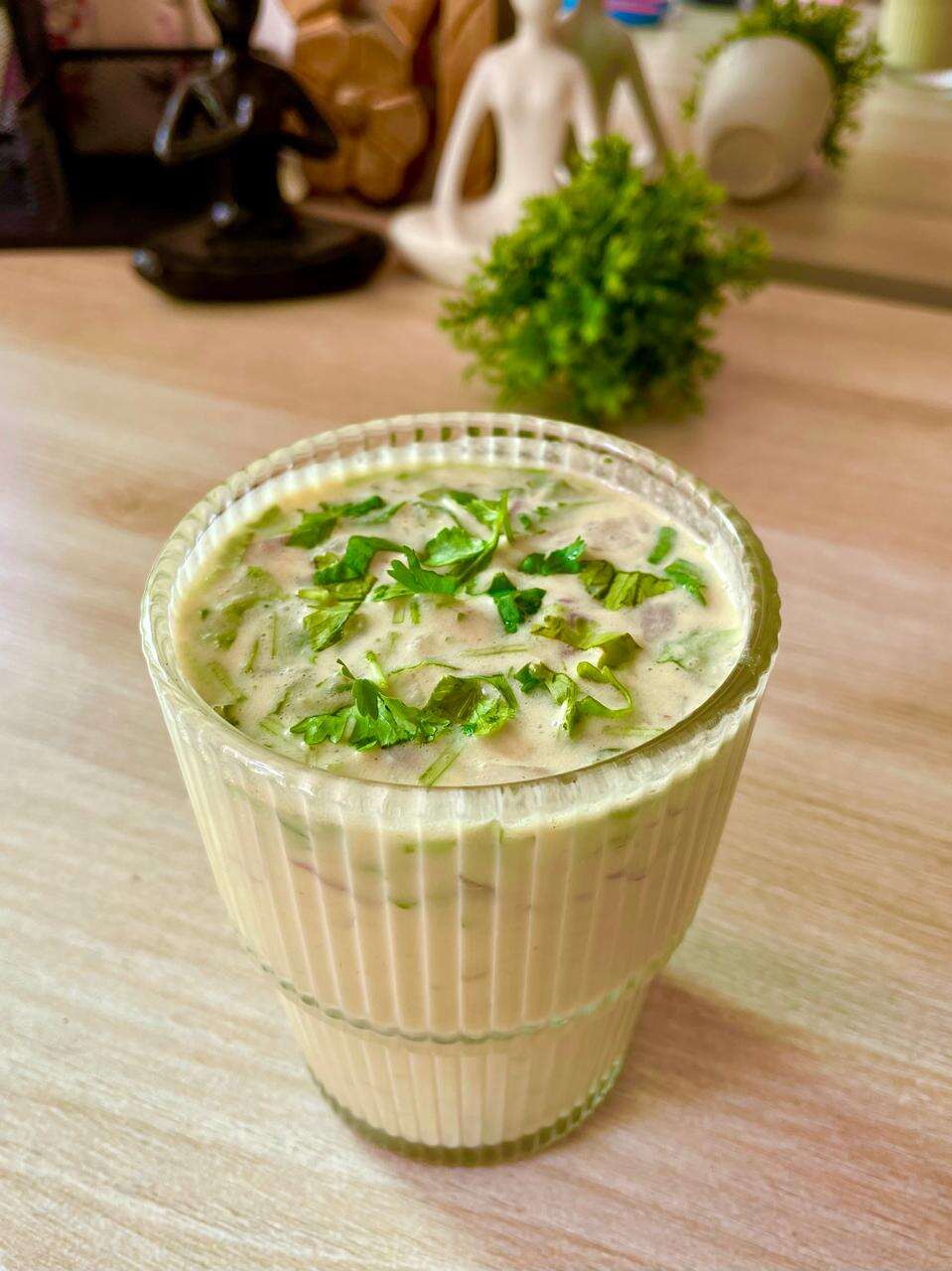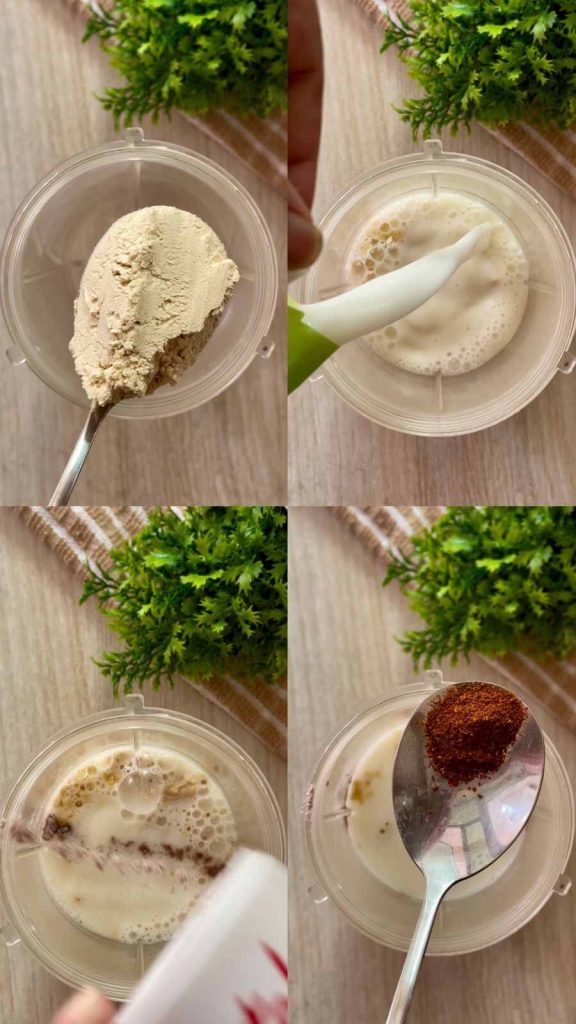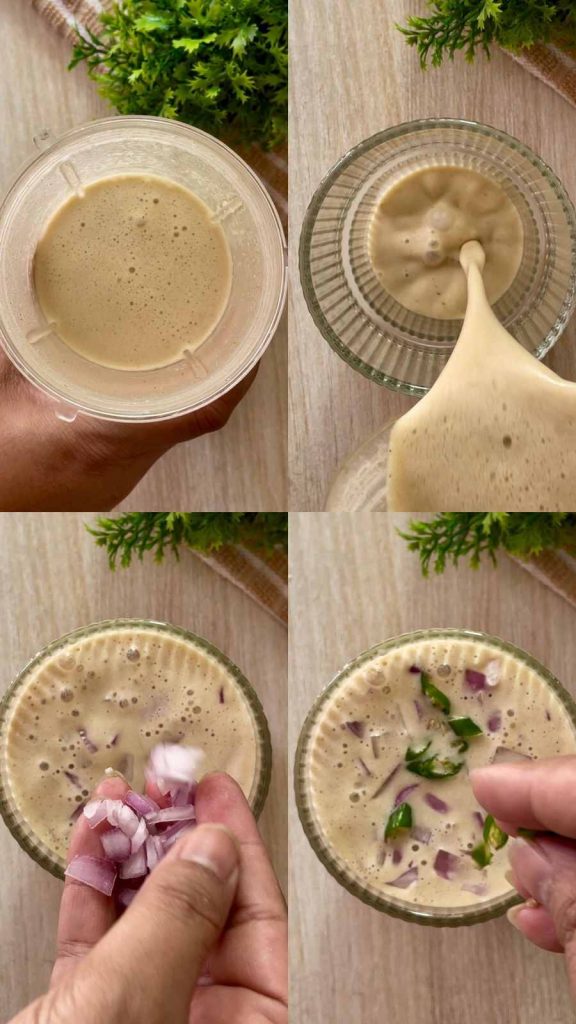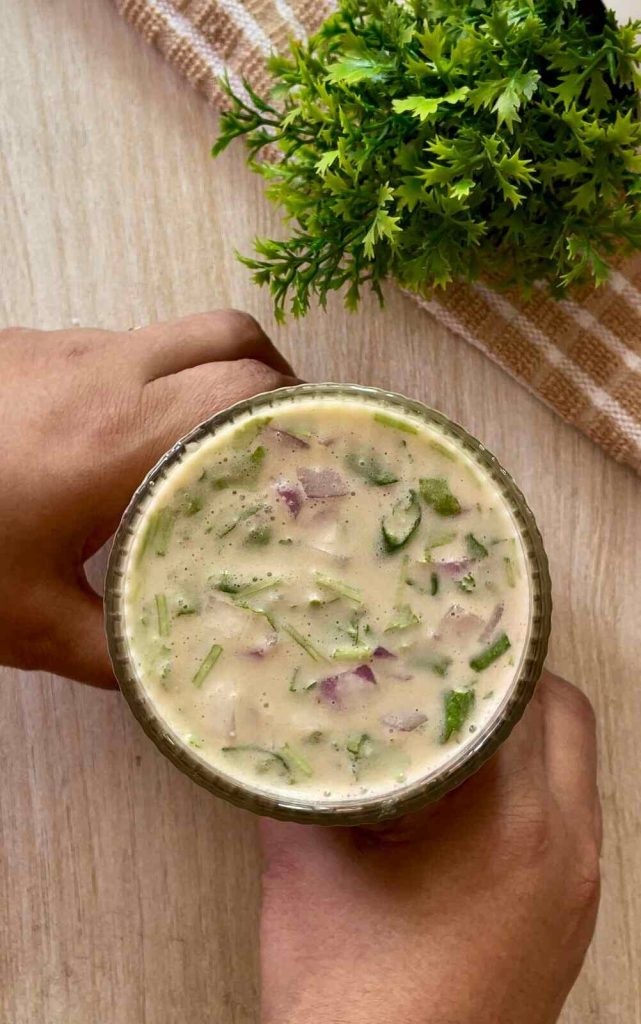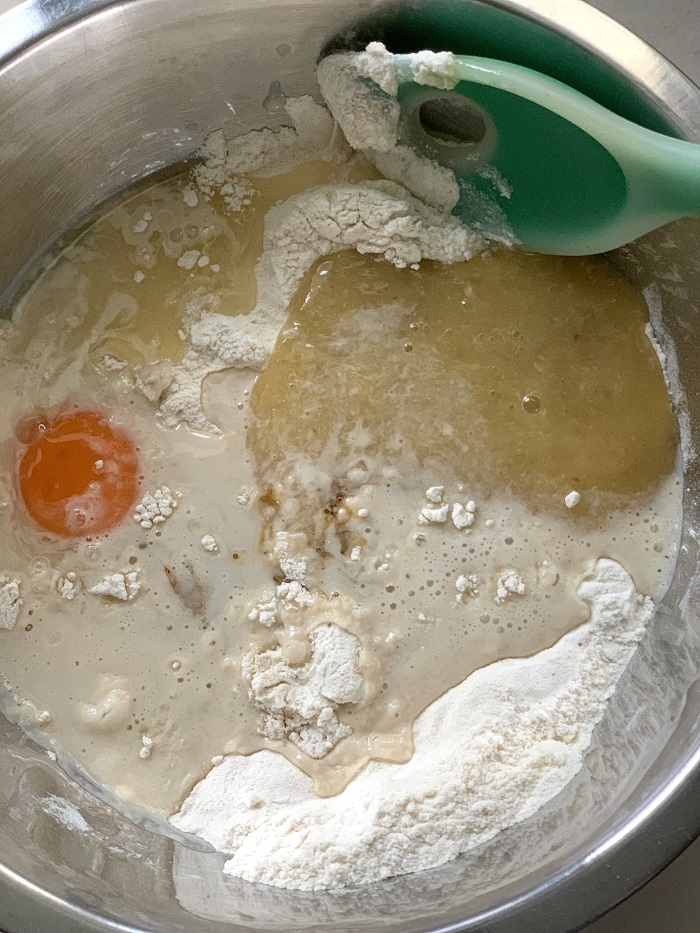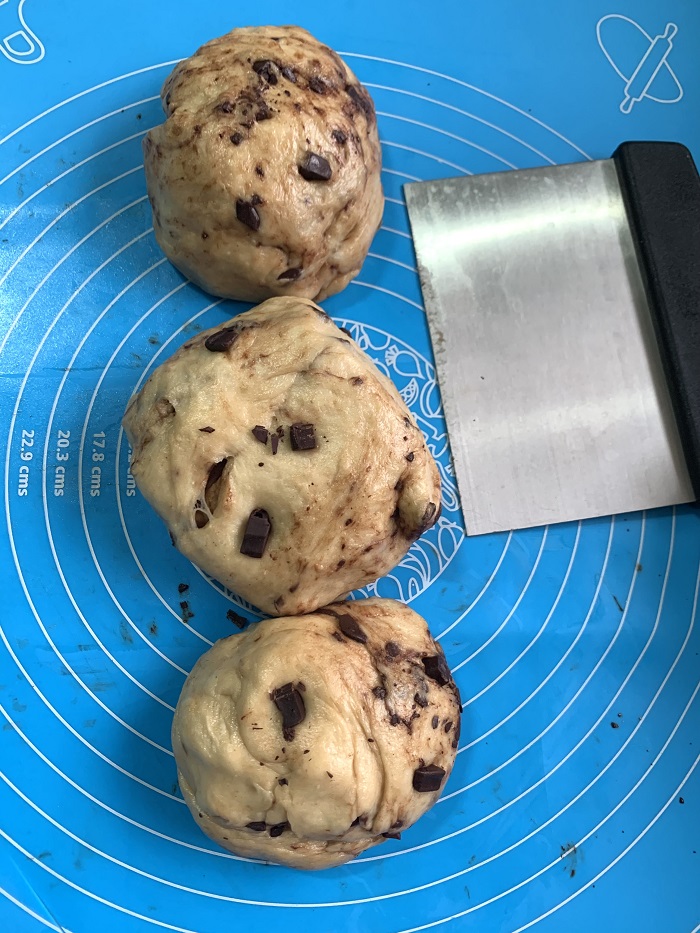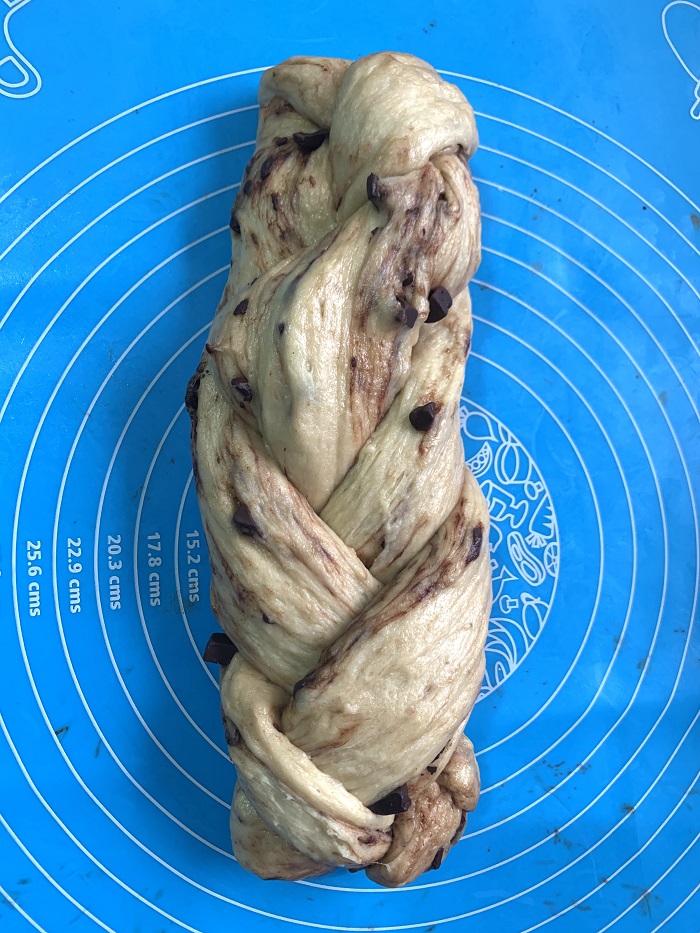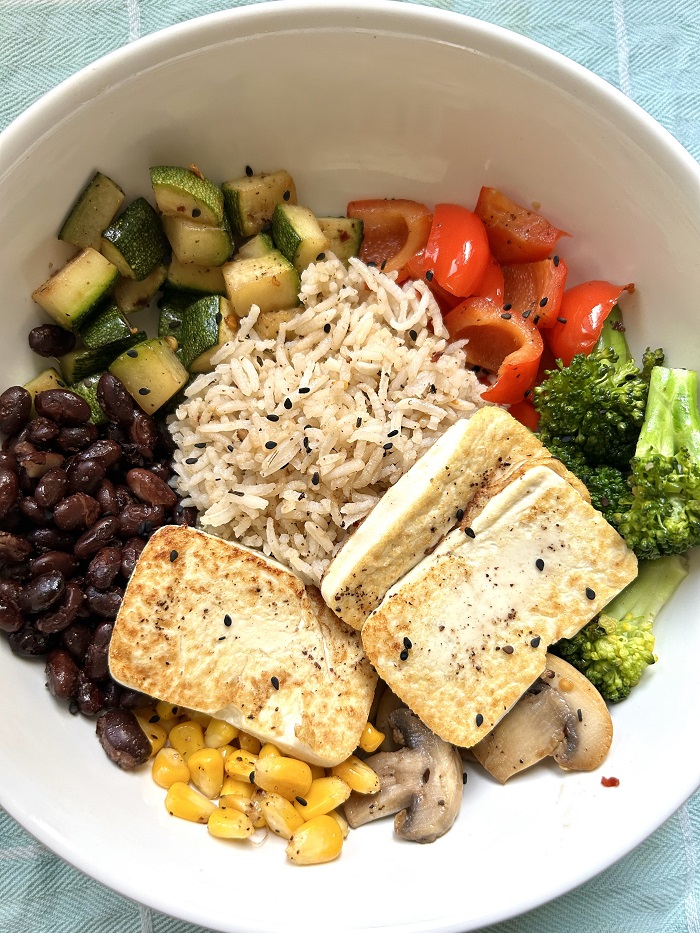
I love hassle free bowl meals which you can put together in no time. They are practical and an easy way to get your nutrients. This Vegan bowl is a beautiful combination of vibrant and colourful vegetables, nourishing whole grains, and plenty of plant-based protein accompanied by a delicious peanut dressing.
Many people consider animals as the main source of dietary protein, but plant-based protein consumption is rising in popularity. When it comes to your body’s daily function, it doesn’t matter where you get your protein from, animal or plants.
How does protein work?
Protein is crucial for our health. Every cell in our body is made up of protein. It is an important building block for body, hair, skin, hormone production, regulating metabolism, transporting nutrients and oxygen. Your body first breaks down protein into amino acids. It’s the amino acids that contribute towards proper lean mass that gives muscle fuel and gives power to your cells. There are 23 amino acids. 15 of them your body can make every single day. The balance 8 amino acids also called essential amino acids must come from food.
Quantity of protein is only half the battle – it is the quality of the protein that matters. Whether your protein is coming from plant or animal, you must check the source of protein. It should be ethically procured. You can get all of the amino acids you need from either plants or meat. The main differentiating factor is what else is included in those foods besides the proteins for protein digestion. This will require a different post.
On the whole, eating a wide variety of foods — and especially whole, unprocessed foods — seems to achieve the healthiest balance.
Sharing with you a recipe that is balanced and can help you fulfil your protein, vitamins and minerals requirement in one bowl.
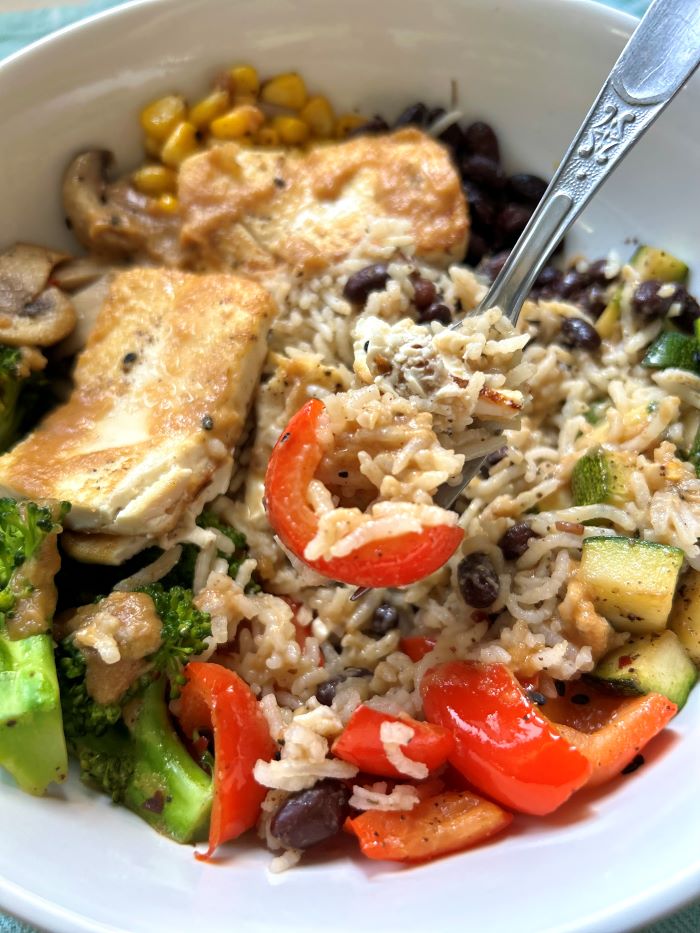
Recipe: serves 1
Ingredients
For Herb Rice
- 1 cup cooked Rice
- 1 tsp Sesame oil or Olive oil
- Salt & pepper to taste
- 2 cloves of chopped garlic
- 1 tsp dried Thyme leaves
For Vegan Protein (Tofu and Beans)
- 100 grams Silken or Firm Tofu (It’s a personal choice. I like Silken tofu better texture wise)
- Salt & Pepper to taste
- 1 tbsp Olive oil
- Red Chilli flakes to taste (optional)
- 1 cup boiled or canned Red Beans
Vegetables
- 1/2 cup Broccoli
- 1/2 cup diced chunks of Zucchini
- 1/2 cup, sliced Button Mushroom
- 1/4th cup Frozen Sweet Corn Kernels
- 1/4th cup cubed, Red Bell Pepper
- Salt & pepper to taste
- Red pepper flakes to taste
- 1 tbsp Olive oil
For Thai Peanut Butter Dressing
- 1.5 tbsp Peanut Butter
- 1/4th cup Orange Juice
- 1 tsp Soy sauce or Tamari
- 1 tsp Rice Vinegar or White Vinegar
- 2 cloves minced Garlic
- 1 tbsp Ginger juice
- 1 tsp Lemon juice
- 1 tsp Maple syrup or Honey
- Salt to taste
Mix everything well in a bowl. Your dressing is ready.
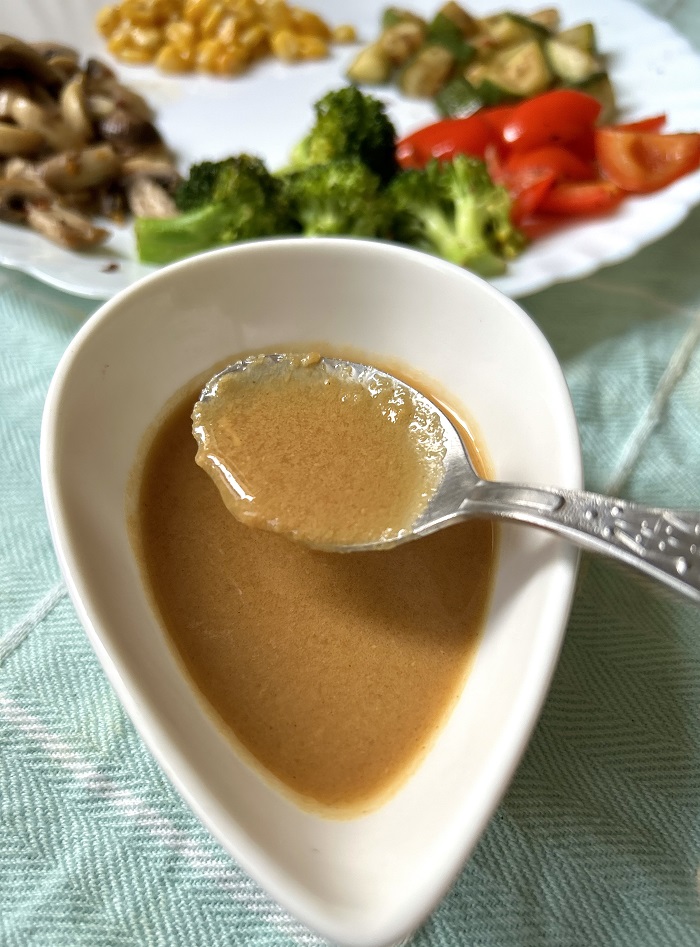
Optional Toppings
- Sesame seeds
- Lemon wedges
- Mint or Cilantro leaves
Instructions
For Herb Rice
Heat oil in a pan. Cook garlic till light brown. Now add rice, thyme, salt and pepper. Gently stir till everything combines well. Cook for 2 minutes. Set aside.
For Tofu and Red Beans
In the same pan, heat 1/2 tbsp olive oil. Add sliced thick pieces of tofu. Sprinkle some salt, pepper and chilli flakes. Sauté both sides till golden brown. While using tofu make sure you drain out all the water. If using silken tofu, handle it gently. It can break very easily. Set aside.
For pan fried beans, add 1/2 tbsp Olive oil and boiled beans. Then add a little salt and pepper and fry the beans for 2-3 minutes. Set aside.
For Vegetables
Steam broccoli, zucchini & sweet corn kernels for two minutes. Set aside. In a pan, heat oil. Add mushrooms, little salt and pepper & chilli flakes if using. Sauté till they release all their juices. Set aside.
In the same pan, sauté broccoli, zucchini and red bell pepper on high flame for 1 or 2 minutes. Add a little salt, pepper and chilli flakes. Set aside.
Add sweet corn kernels, salt and pepper and sauté for 1 minute. Set aside.
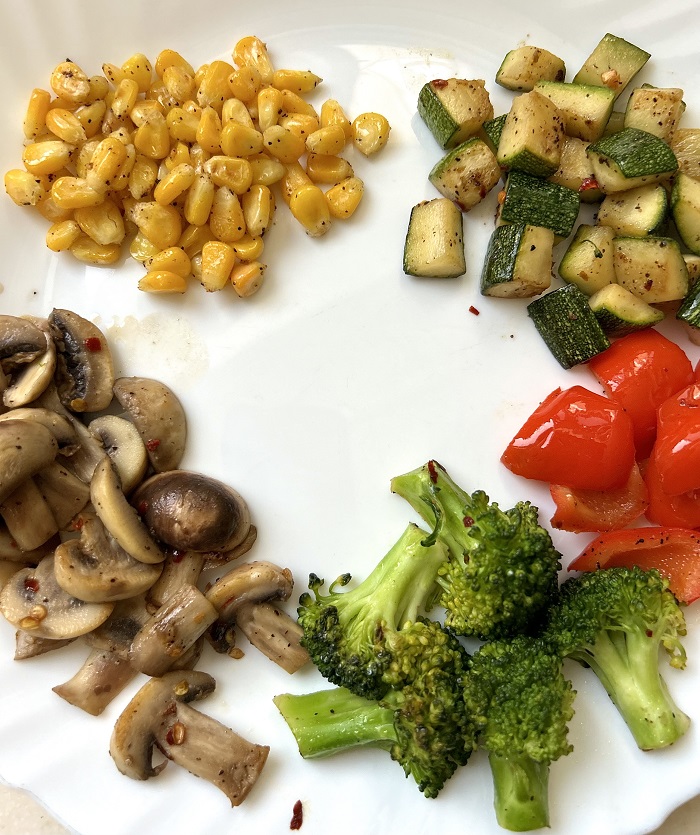
Now the fun part begins. Assembling
In a wide bowl. Add all the sautéed vegetables, herb rice, pan fried beans and top it all with tofu. Now drizzle the peanut dressing. Optionally, sprinkle with sesame seeds, chopped cilantro, and a squeeze of lime. We are adding salt at every step so, be mindful.
Enjoy good health 😊
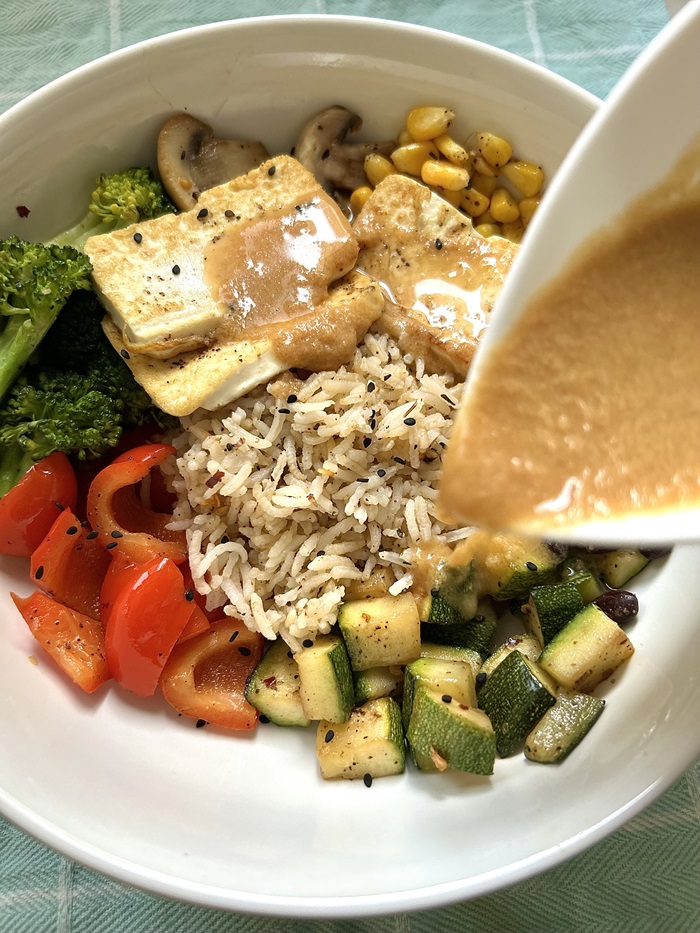
Protein Content
- 100 grams Tofu: 8 grams
- 1 cup cooked red beans: 13 grams
- 1.5 tbps peanut butter: 6 grams
- 1 cup cooked rice: 4 grams
Total Protein: 31 grams
Substitutions
- If not rice, you can go for other whole grains such as quinoa, millet, amaranth or barley
- You can add your favourite vegetables like carrot ribbons, spinach, avocado, cucumber, spinach, kale, collard greens. Basically, whatever is seasonal and is easily available. You can grill them, steam them or oven bake them. For better digestion I personally prefer cooked vegetables.
- If not red beans, you can go for boiled or canned chickpeas, edamame or cannellini beans.
Sauce for Vegan Bowl: if you don’t like peanut butter sauce, you can opt for Tahini, Cilantro Lime Sauce, Vegan Mayo, Greek Yogurt.

